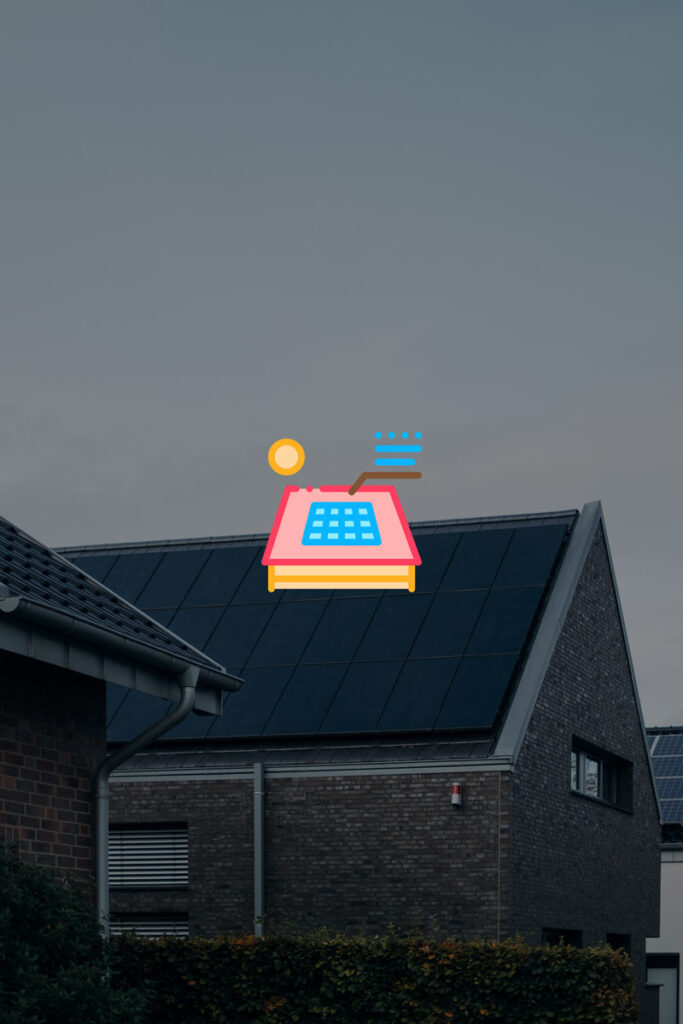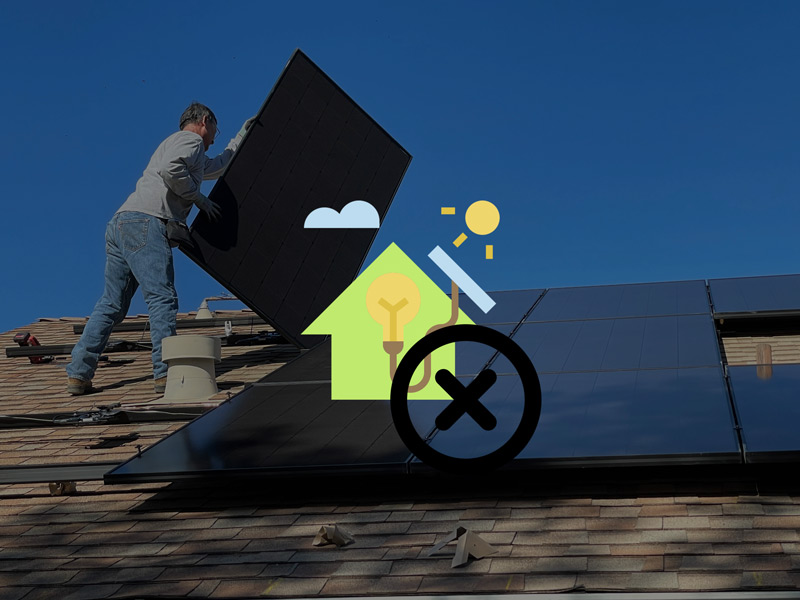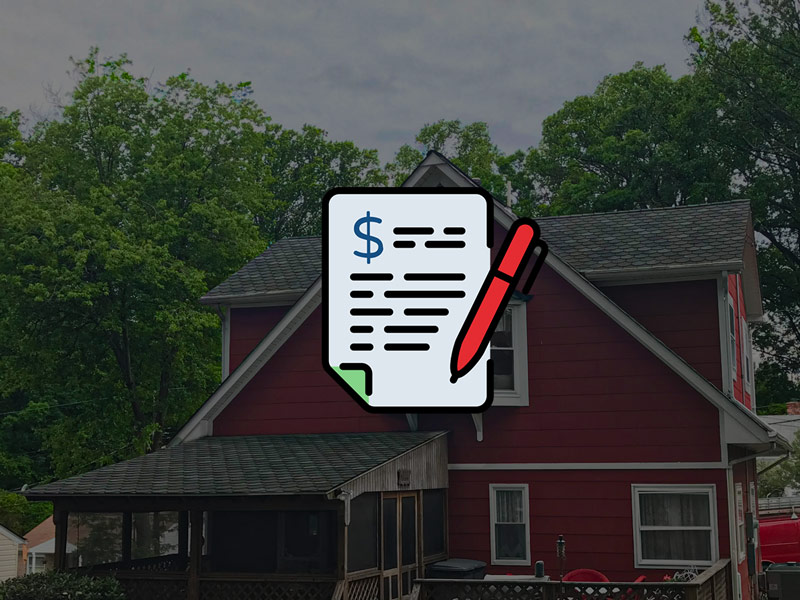Solar Roof Vents Pros and Cons - An In-Depth Analysis
Solar roof vents, also known as solar attic fans or solar attic vents, are innovative ventilation systems designed to address the crucial issue of proper roof ventilation in residential and commercial buildings. These ingenious devices harness the power of the sun to promote effective air circulation within the attic or roof space.

The Pros of Solar Roof Vents
Enhanced Energy Efficiency
Solar roof vents offer several advantages when it comes to improving energy efficiency in your home or building.
- Reduced Cooling Costs: One of the primary benefits of solar roof vents is their ability to lower cooling costs. These vents expel hot air from your attic space, preventing it from seeping into your living areas. As a result, your air conditioning system doesn’t have to work as hard to maintain a comfortable indoor temperature, leading to energy savings.
- Preservation of the Roof Structure: Solar roof vents help in maintaining the integrity of your roof. By venting out heat and moisture, they prevent the roof materials from overheating, warping, or deteriorating prematurely. This can extend the lifespan of your roof, potentially saving you from costly repairs.
Eco-Friendly Operation
In an era where sustainability is paramount, solar roof vents offer a green and eco-friendly solution.
- Reduced Carbon Footprint: Solar roof vents harness the sun’s energy, which is a clean and renewable resource. By using solar power to operate, they reduce your reliance on electricity generated from fossil fuels, thereby lowering your carbon footprint and contributing to a more sustainable environment.
- Utilization of Renewable Energy: Solar roof vents are entirely self-sustaining. They draw power from the sun during the day and continue to ventilate your attic even when the sun isn’t shining. This sustainable operation not only benefits the environment but also saves you money in the long run.
Extended Roof Lifespan
Proper ventilation plays a crucial role in extending the life of your roof.
- Prevention of Moisture Damage: Solar roof vents help prevent moisture buildup in your attic, which can lead to rotting of wooden structures and insulation. By expelling moisture, they protect your roof from water-related damage, ensuring its longevity.
- Reduced Risk of Mold and Mildew: Adequate ventilation also reduces the risk of mold and mildew growth in your attic. Mold can not only damage your roof structure but also pose health hazards to occupants. Solar roof vents actively combat this issue by maintaining a dry and well-ventilated attic space.
Lower Maintenance Requirements
Solar roof vents are designed for minimal hassle.
- Self-Sustaining Operation: These vents require no external power source or ongoing electricity costs. Once installed, they operate autonomously, making them a low-maintenance ventilation solution.
- Minimal Upkeep Necessary: Routine maintenance is minimal, typically involving cleaning the solar panel surface and ensuring the fan remains free of debris. This simplicity makes solar roof vents an attractive option for homeowners and property managers seeking hassle-free ventilation solutions.

The Cons of Solar Roof Vents
While solar roof vents come with numerous advantages, it’s essential to consider the potential drawbacks before making a decision.
Initial Installation Costs
- Solar Panel and Ventilation System Expenses: One of the primary drawbacks of solar roof vents is the initial investment. Purchasing the solar vent unit and having it professionally installed can be relatively costly. The price can vary depending on the quality and capacity of the system, but it’s important to view this expense as a long-term investment in energy efficiency.
- Professional Installation Requirements: Unlike some DIY ventilation solutions, solar roof vents typically require professional installation. This ensures that the unit is correctly placed, connected, and sealed to prevent leaks. While this adds to the upfront costs, it also guarantees proper operation and longevity.
Climate Dependence
- Variability in Energy Production: Solar roof vents rely on sunlight to generate power. Therefore, their effectiveness can vary depending on the climate and weather conditions in your location. In regions with frequent cloudy days or limited sunlight, the vents may not perform at their peak capacity, potentially reducing their overall benefits.
- Limited Effectiveness in Certain Climates: In extremely cold climates, solar roof vents may not be as effective in preventing ice dam formation on roofs. Ice dams occur when snow melts, then refreezes at the roof’s edge, causing water backup. While solar vents can help to some extent, they may not entirely eliminate this issue in severe winter conditions.
Aesthetic Considerations
- Impact on the Roof’s Appearance: Installing solar roof vents can alter the look of your roof. While some people appreciate the modern, eco-friendly appearance of solar vents, others may find them less visually appealing. It’s important to consider how the addition of solar vents may affect the overall aesthetics of your home or building.
- Potential Homeowner Associations Restrictions: If you live in a community governed by homeowner associations (HOAs), it’s crucial to check whether there are any restrictions or guidelines regarding the installation of solar roof vents. Some HOAs may have rules in place that limit the types or appearance of solar equipment that can be installed on roofs.

Evaluating the Return on Investment (ROI)
Calculating Potential Energy Savings
When considering the installation of solar roof vents, it’s crucial to assess the potential return on investment in terms of energy savings.
- Estimating Cooling Cost Reductions: Solar roof vents primarily contribute to energy savings by reducing cooling costs. They achieve this by expelling hot air from your attic, which, in turn, lowers the overall temperature inside your home. To calculate potential energy savings, start by estimating the reduction in your cooling expenses. This can vary depending on factors such as the size of your home, climate, and local energy prices.
- Factoring in Tax Incentives and Rebates: Many regions offer tax incentives, rebates, or other financial incentives for adopting solar technologies, including solar roof vents. Be sure to research and consider these incentives when calculating your ROI. These incentives can significantly offset the initial installation costs, making the investment more attractive.
Weighing Maintenance and Replacement Costs
To assess the long-term benefits of solar roof vents, it’s essential to consider both maintenance requirements and potential replacement costs.
- Analyzing Long-Term Savings: Solar roof vents are known for their self-sustaining operation and minimal upkeep. Calculate the potential long-term savings by comparing the ongoing maintenance costs of solar vents with traditional ventilation systems. While the initial investment may be higher, the lower maintenance expenses over time can contribute significantly to your ROI.
- Comparing with Traditional Ventilation Systems: To make a well-informed decision, compare the ROI of solar roof vents with that of traditional ventilation systems. Traditional systems may have lower upfront costs but may require more energy and incur higher utility bills in the long run. By assessing the long-term benefits and savings, you can determine whether the investment in solar roof vents aligns with your financial goals.

Maintenance and Troubleshooting
When it comes to solar roof vents, ensuring their continued efficiency and longevity requires some routine maintenance. Let’s dive into the key aspects of maintenance and troubleshooting.
Cleaning and Debris Removal
To keep your solar roof vents operating optimally, it’s essential to regularly clean them. Dust, dirt, leaves, and other debris can accumulate on the panels, hindering their ability to harness sunlight. Here’s how you can do it:
- Gently Remove Debris: Start by gently removing loose debris with a soft brush or a leaf blower. Avoid using abrasive materials that may scratch the surface.
- Cleaning Solution: Mix a mild soapy solution with water and use a soft cloth or sponge to clean the surface. Rinse thoroughly with clean water.
- Check for Clogs: Examine the vent openings for any clogs or obstructions, as these can affect airflow. Clear them carefully if necessary.
Inspecting for Wear and Tear
Regular inspections can help you catch potential issues early. Take the time to examine your solar roof vents for signs of wear and tear:
- Check for Physical Damage: Look for cracks or damage to the vent housing, as this can compromise its integrity. Replace any damaged components promptly.
- Inspect Wiring: Ensure that the electrical wiring connecting the vents is secure and undamaged. Loose or damaged wires can lead to electrical issues.
Common Issues and Solutions
Solar roof vents, like any technology, can encounter problems. Here are some common issues and steps to address them:
Identifying and Addressing Performance Problems
- Decreased Airflow: If you notice a decrease in airflow, it could be due to a clogged vent or a malfunctioning fan. Clean the vent and check for obstructions. If the issue persists, consult a professional.
- Electrical Problems: Inconsistent or no operation could indicate electrical issues. Check the wiring and connections. If that doesn’t resolve the problem, consult an electrician.
DIY Troubleshooting Tips
- Strange Noises: Unusual noises from the solar roof vent may be caused by loose components or foreign objects inside. Turn off the vent, check for obstructions, and tighten any loose parts.
- Reduced Efficiency: If your solar roof vent seems less efficient, it may need a thorough cleaning, or the solar panel could be damaged. Follow the maintenance steps mentioned earlier.
Extending the Lifespan
Solar roof vents are an investment, and you’ll want them to last as long as possible. Here are strategies to extend their lifespan
- Regular Inspections: Perform routine checks to catch and address issues early, prolonging the vent’s lifespan.
- Proactive Cleaning: Clean the vents at least twice a year to prevent dust buildup and maintain their efficiency.
Upgrading and Modernizing Solar Roof Vents
- Consider Upgrades: As technology advances, newer and more efficient solar roof vents may become available. Consider upgrading to take advantage of improved performance and energy savings.
View More Articles
Please Share!











